All Stories
-
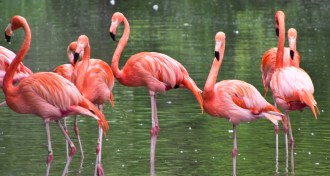 Life
LifeNew tree of life confirms strange history of birds
A genetic analysis supports some odd groupings in the bird tree of life, showing a lot of convergent evolution in avian history.
By Susan Milius -
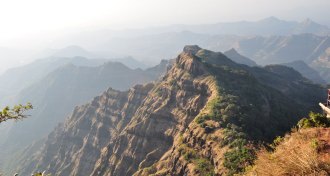 Earth
EarthMega volcanism indicted in dinosaur demise
Precision dating strengthens idea that climate-altering Deccan volcanism contributed to dinosaur extinction.
-
 Health & Medicine
Health & MedicineGene variant linked to robust flu vaccine response
Targeting an immune signaling protein called interleukin-28B might boost protection generated by flu shots.
By Nathan Seppa -
 Genetics
GeneticsEarly heart attack tied to rare mutations in two genes
Rare mutations in two genes greatly increase the risk of having a heart attack early in life, a study shows.
-
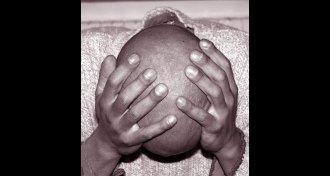 Health & Medicine
Health & MedicineHallucinated voices’ attitudes vary with culture
Culture puts good or bad spin on voices heard by people with schizophrenia.
By Bruce Bower -
 Life
LifeImprisoning parasites can deter malaria’s spread
Disabling a protein traps malaria-causing parasites within red blood cells and prevents the organisms from reproducing.
-
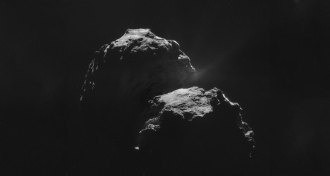 Planetary Science
Planetary ScienceRosetta casts doubt on comets as Earth’s water providers
Water in comet 67P’s thin, hazy atmosphere doesn’t chemically match Earth’s oceans, suggesting that asteroids, not comets, brought water to the planet.
-
 Genetics
GeneticsNew type of stem cells, fuzzy and flexible
A new way to make stem cells produces fuzzy cells that appear as flexible as other types of stem cells, but are easier to grow in the lab and avoid ethical issues.
-
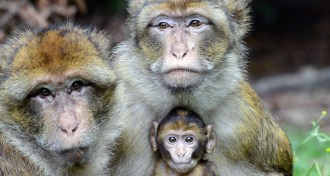 Animals
AnimalsMale monkeys’ social bonds may ease everyday stress
When male primates live in groups with other males, they tend to fight over females. But male-male bonding can reduce stress, a study finds.
-
 Animals
AnimalsFinch sperm go long to fertilize more eggs
For finches, longer sperm mean a faster route to storage and a higher likelihood of being a dad at the end of the day.
-
 Neuroscience
NeuroscienceMolecule impairs brain cells that fail in Alzheimer’s
In mice, blocking a molecule on immune cells allowed them to mop up the type of protein buildup seen in the brains of people with Alzheimer’s.
-
 Animals
Animals‘Tis the season for white-nose syndrome in bats
While bats are active, the fungus that causes white-nose syndrome stays put in the caves the bats call home in winter. New findings show how the fungus varies through the seasons.